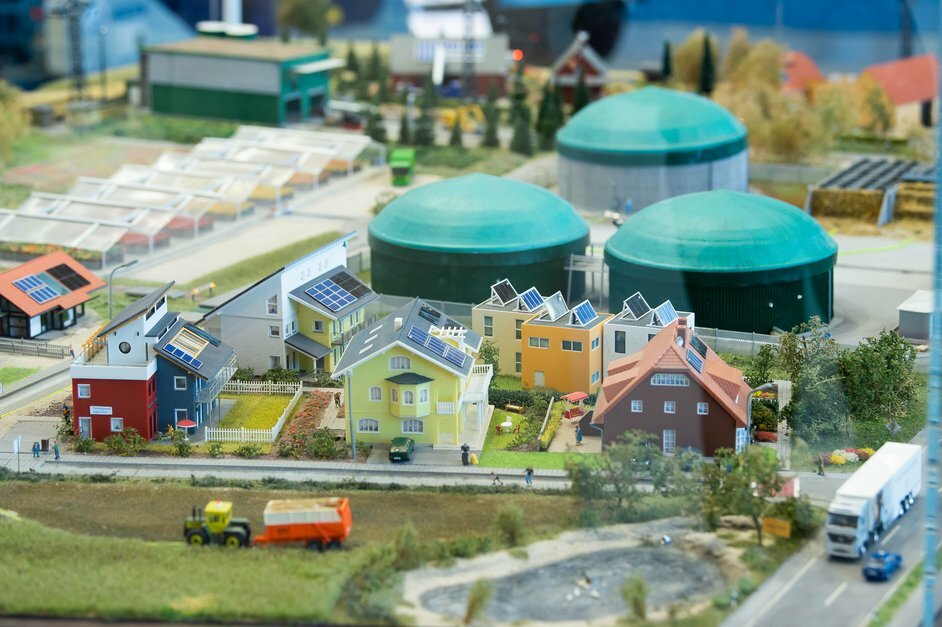One possibility is to increase the company's energy efficiency by building decentralized energy systems using CHP, biogas, solar and wind power technologies.
The total capacity of decentralized generation facilities in Russia today is 24 GW. This is more than 9% of the capacity of the country's entire energy system. Enterprises, also from the agricultural industry, are increasingly are increasingly choosing their own generation. Why?
Reason # 1 - Independence. Own mini-thermal power plants (Mini-TPP), solar power plants (SPP) or wind farms (WPP) make the companies independent in terms of power supply and protects against the constant growth of tariffs.
Reason # 2 - Construction period. Building an own SPP, wind farm or mini-TPP is much faster than a large power plant. A small generation facility can be implemented turnkey in 3-12 months, while the implementation of a large generation plant will take 1-2 years.
Reason # 3 - Payback periods. The own mini-TPP has an amortization period of only 2-3 years and the solar power plant of 5 years, depending on tariffs, schedule and consumption volume.
Reason # 4 - Reliability. In terms of reliability, modern mini-TPPs, solar power plants or autonomous hybrid power plants are in no way inferior to giant stations. In fact, during the plant construction, the most reliable equipment from Russian and international manufacturers is used.
Reason # 5 - Opportunity to earn. Own generation is also an additional source of income. After all, surplus electricity and heat can be sold to third-party consumers.
Reason # 6 - Ecology. The generation facility implemented with solar or wind energy technology is environmentally friendly – “green energy”.
The use of own generation in greenhouses provides additional benefits:
• Improving the reliability and quality of electricity and heat supply
• Significant increase in greenhouse productivity
• Increase of productivity of greenhouses by 30-40%
• Significant money savings in terms of energy use
• Additional source of fertilizer (use carbon dioxide as fertilizer for plants)
• Reduction of harmful emissions
